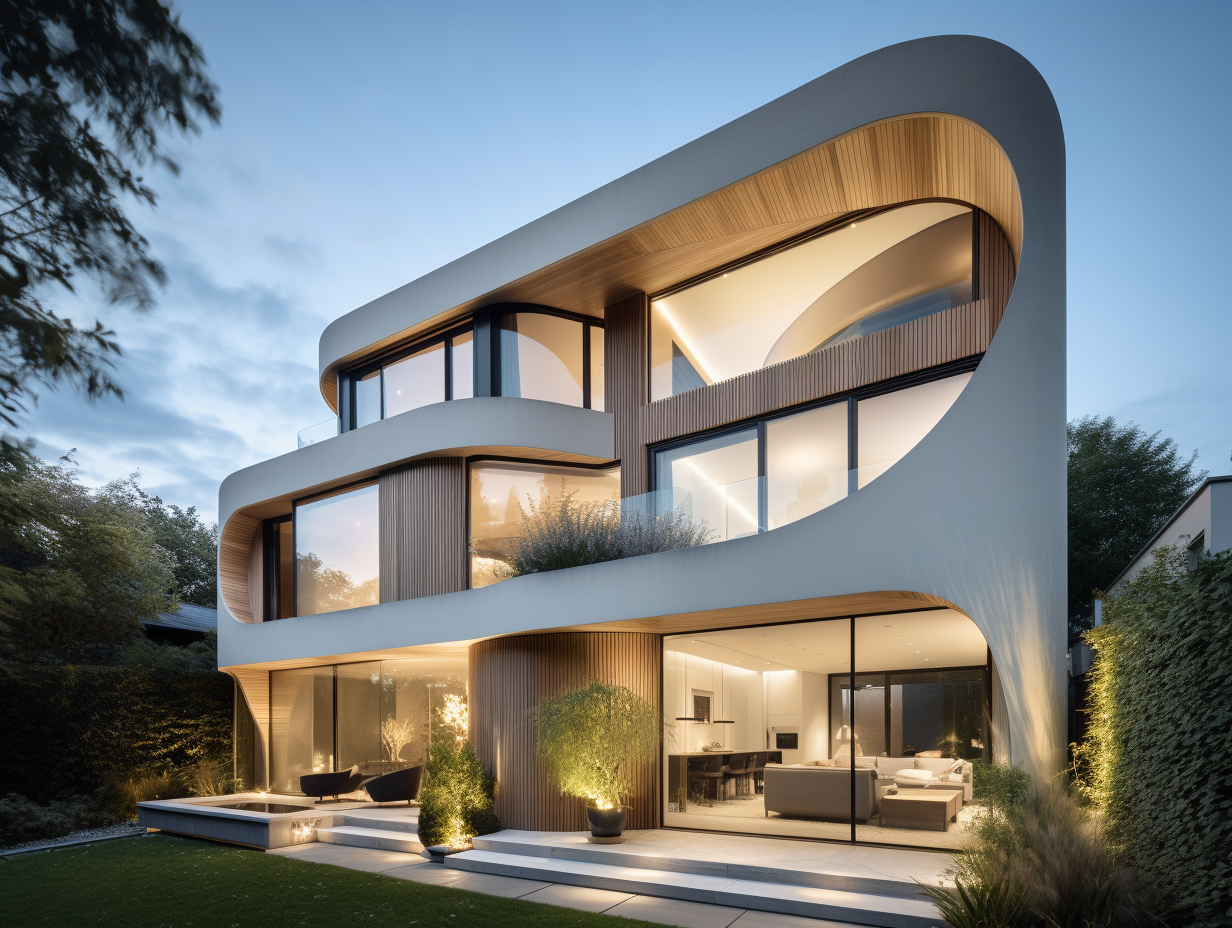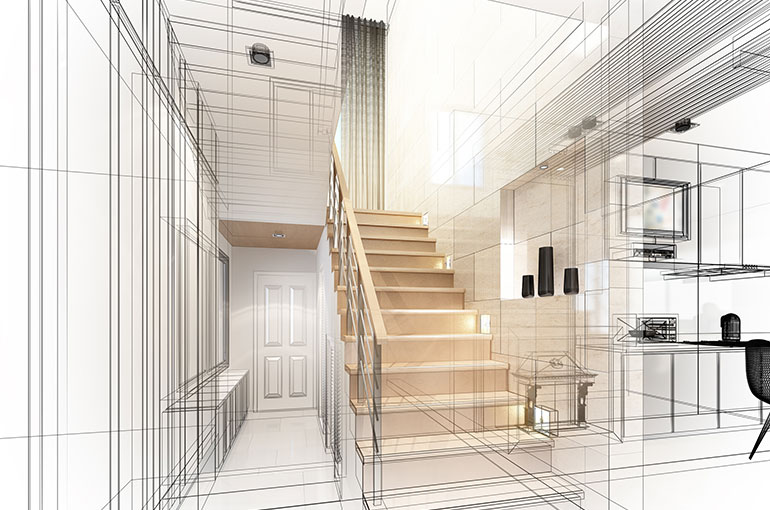Check Out Award-Winning Tasks by Renowned CDA Architects
Check Out Award-Winning Tasks by Renowned CDA Architects
Blog Article
Comprehending the Collaborative Process Between Architects and Engineers in Modern Construction Projects
The collective process between architects and engineers is crucial in contemporary building projects, as it harmonizes design intent with design usefulness. This collaboration not only influences the aesthetic and useful facets of a job however likewise plays an important role in addressing sustainability challenges. By using efficient communication techniques and leveraging advanced modern technologies, such as Structure Info Modeling (BIM), teams can function a lot more cohesively. The intricacies of this cooperation typically present one-of-a-kind difficulties that can hinder development. Exploring these characteristics exposes understandings that might significantly influence job end results and general sector requirements.
The Significance of Cooperation
The collaborative synergy in between engineers and engineers is necessary for the successful awareness of any kind of construction project. This partnership unites distinct know-how and perspectives, allowing the combination of cutting-edge design with useful design remedies. By interacting, designers and engineers can make sure that a task not just meets aesthetic and practical demands however additionally complies with safety, sustainability, and budgetary constraints.
Partnership promotes a common vision, assisting in the placement of objectives and assumptions from the start. This alignment is crucial in dealing with prospective difficulties and mitigating dangers that might occur during the job lifecycle. Furthermore, a collective technique enables for the effective allowance of resources, enhancing both time and cost.
The value of partnership includes the iterative procedure of design and construction, where responses from designers can inform architectural decisions, leading to more feasible and lasting styles. On the other hand, architects can inspire engineers to think creatively regarding how to achieve architectural honesty without endangering creative intent. Ultimately, the collaborative relationship in between engineers and engineers is not simply valuable; it is fundamental to the production of premium, practical, and innovative built environments that meet the needs of society.
Communication Techniques and Devices
Efficient communication strategies and tools are essential for fostering partnership between architects and designers throughout the job lifecycle. Establishing clear networks of interaction is vital to ensure that all staff member are aligned with task purposes, timelines, and duties. Normal meetings, both in-person and online, give opportunities for stakeholders to go over progress, address concerns, and make informed decisions.
Making use of job administration software, such as BIM (Building Info Modeling) platforms, boosts cooperation by enabling real-time sharing of design alterations and technical specs. These devices help with openness, permitting engineers and designers to picture changes and evaluate their influence on the general project.

Shared Objectives and Task Vision

Developing common objectives includes open discussion and a detailed understanding of each technique's contributions. Engineers normally concentrate on design intent, spatial connections, and user experience, while designers highlight structural honesty, systems performance, and compliance with guidelines (cda architects). When these viewpoints are aligned, the result is a natural task that adheres to both imaginative goals and technical usefulness
Additionally, a well-defined task vision cultivates accountability among team members, encouraging each participant to take possession of their duty in accomplishing the desired result. Regular check-ins and collaborative workshops can even more enhance this dedication, permitting modifications to be made as the task advances. Eventually, a common vision not just improves team effort however likewise boosts the high quality of the last deliverable, causing successful project completion.
The Duty of Technology
Leveraging innovation has actually ended up being essential in enhancing partnership between architects and designers. Structure Info Modeling (BIM) stands out as a pivotal innovation, allowing both designers and designers to create in-depth 3D versions that encapsulate design intent and structural stability.
In addition, cloud-based platforms enable seamless partnership, permitting task stakeholders to accessibility and update task data from anywhere. This promotes a society of openness and liability, as adjustments can be tracked and reviewed in real-time. Additionally, mobile applications additional improve communication, supplying on-site groups with instant accessibility to job specs and updates.
Arising innovations such as expert system and equipment understanding are additionally starting to contribute in anticipating evaluation, assisting teams identify potential issues before they emerge. Inevitably, the duty of modern technology in architecture-engineering cooperation not only enhances workflow efficiencies yet additionally improves advancement, resulting in more effective task results. By accepting these technological advancements, engineers and designers can guarantee a more natural and efficient collaborative procedure throughout the building and construction lifecycle.
Study in Successful Collaborations
Various case researches show the profound influence of efficient partnerships important link in between designers and designers on job outcomes. One remarkable example is the collaboration on the High Line in New York City City, where landscape architects, designers, and metropolitan planners collaborated to transform a deserted rail line right into a lively public park. Homepage This multidisciplinary approach not just enhanced the visual quality yet also made certain structural safety and security and environmental sustainability.
An additional exemplary situation is the design and building of the Sydney Concert Hall. The partnership in between architect JÃ ¸ registered nurse Utzon and structural engineer Ove Arup exhibited innovative analytical. Their cooperation enabled for the legendary shell-like design while attending to complex engineering obstacles, ultimately resulting in a classic architectural masterpiece.
The Burj Khalifa in Dubai additionally shows the importance of collective initiatives. cda architects. The integration of architecture and engineering proficiency allowed the task group to achieve unmatched elevations while sticking to safety and security regulations and aesthetic vision
These examples highlight the relevance of interaction, trust, and shared goals. In today's complicated building setting, such collaborations are necessary to navigating challenges and providing jobs that satisfy both practical and visionary objectives.
Verdict
In verdict, the cooperation in between engineers and designers is essential for the success of modern construction projects. Effective find more info interaction strategies, a common task vision, and the assimilation of innovative modern technologies are essential parts that promote this collaboration. By promoting a culture of accountability and leveraging tools such as Structure Details Modeling (BIM), groups can navigate project complexities, ensuring that visual, useful, and sustainability goals are accomplished. Ultimately, this synergy leads to cutting-edge and effective job outcomes.
Report this page